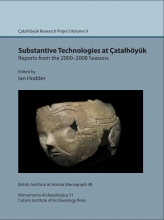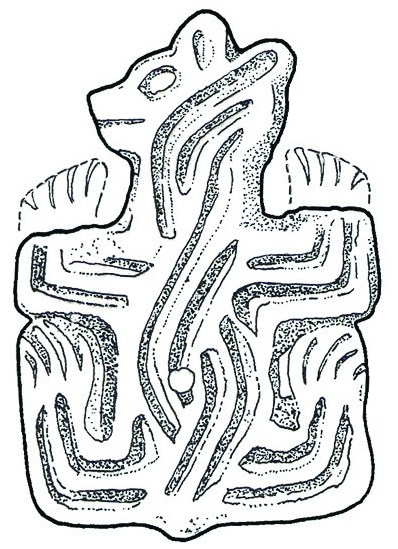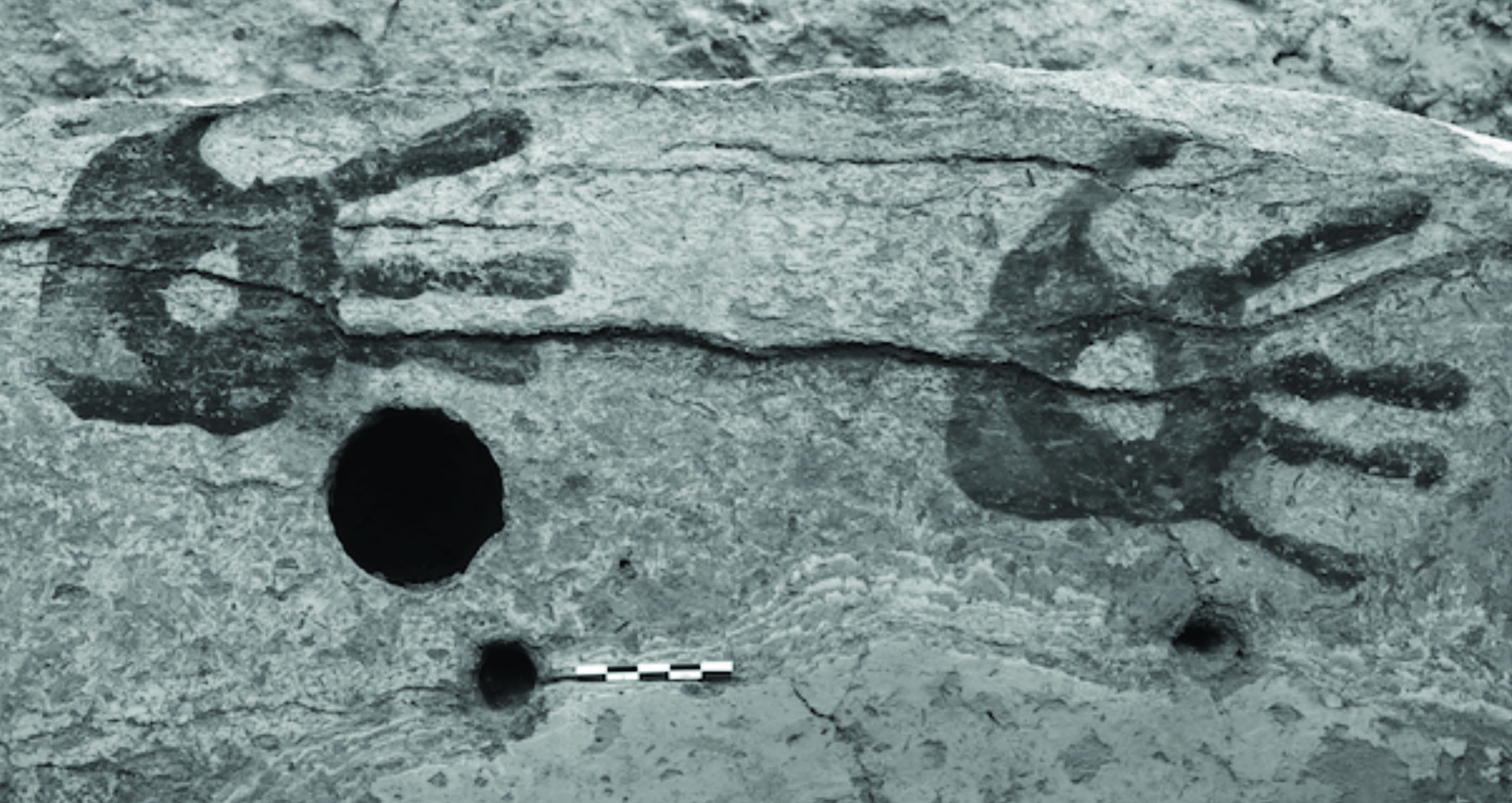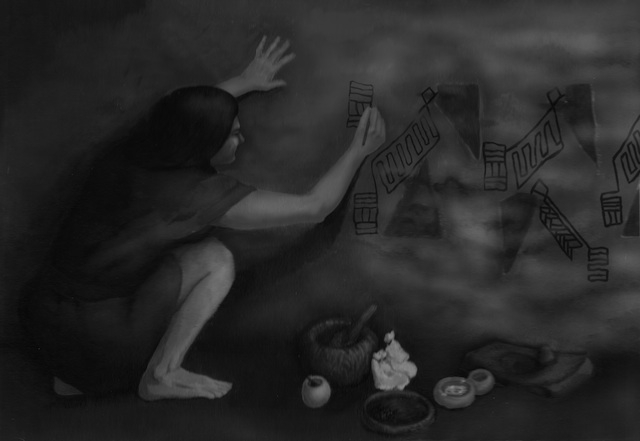Substantive Technologies at Çatalhöyük: Reports from the 2000-2008 Seasons, Volume 9

Backlist
Series: Monumenta Archaeologica 31ISBN: 978-1-898249-31-3
Publication Date: Nov 2013
Price: Hb $89.00
Order this book here!
- Print: Order from our distributor
Return to catalog
Ian Hodder
The ways in which humans became increasingly engaged in their material environment, such that “things” came to play an active force in their lives, is the subject of this volume in the Çatalhöyük series.  The alluvial clays surrounding the site were extremely important in this dynamic involvement. In the absence of local stone, humans extracted and manipulated clay for a wide range of purposes, for the manufacture of bricks, ovens, pots, and figurines. This heavy use of clay led to changes in the local environment that influenced human activity, as indicated in the first section of the volume.
The alluvial clays surrounding the site were extremely important in this dynamic involvement. In the absence of local stone, humans extracted and manipulated clay for a wide range of purposes, for the manufacture of bricks, ovens, pots, and figurines. This heavy use of clay led to changes in the local environment that influenced human activity, as indicated in the first section of the volume.  In the second section, other examples of material technologies are considered, all of which engaged humans in various ways in specific dependencies and relationships. For example, large-scale studies of the obsidian trade have drawn a complex picture of changing interactions among humans over time. The volume concludes with an integrated account of the uses of materials at Çatalhöyük based on the analysis of heavy-residue samples from all contexts at the site.
In the second section, other examples of material technologies are considered, all of which engaged humans in various ways in specific dependencies and relationships. For example, large-scale studies of the obsidian trade have drawn a complex picture of changing interactions among humans over time. The volume concludes with an integrated account of the uses of materials at Çatalhöyük based on the analysis of heavy-residue samples from all contexts at the site.



